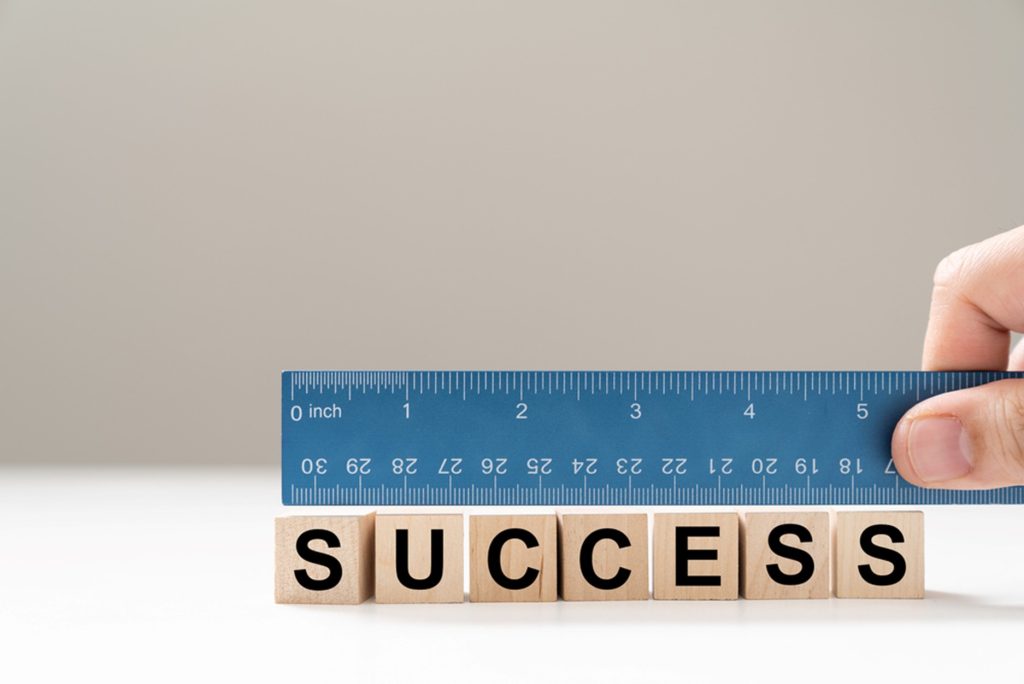What does success look like to you? In the Paris Olympics the male gymnastics team from China had a combined total of 37 world and Olympic medals. It’s the same tally as Simone Biles has won all by herself. Meanwhile the female sprinter from St Lucia just won the country’s first ever Olympic medal. One gold medal and the whole country is going crazy.
My personal favourite success story is Eric ‘the Eel’ Moussambani at the Sydney Olympics. He learned to swim only eight months before his event and had never swum in a pool longer than 12 metres before. His time of 1min 52 in the 100 metres freestyle was the slowest in history and lifeguards were seriously worried about whether to rescue him. Four years later he returned to the pool and swam a personal best of 52.18. His performance inspired the president of his country to build swimming pools for everyone. Eric’s legacy is a new generation of swimmers in Equatorial Guinea, not sponsorship money or medals.
Success means different things to everyone, just as the ideal partnerships are very personal to each organisation. We get frustrated when we hear of CEOs trying to shoehorn partnerships into measure of success that best fit product sales. That includes number of calls, meetings, approaches and money. Partnerships are not a numbers game in the way that sales teams push lipstick. They are long term relationships that deliver more than money.
So if it’s not just cash, volume of approaches or numbers of partners, how should you measure success? Here are some suggestions.
Awareness, reach and profile
When Dolly’s Dream partnered with EssenceMedia Com they were a small charity that needed much bigger awareness. The partnership enabled them to broaden their reach nationally, attract bigger audiences and generate more community fundraising. Their signature Do it for Dolly Day has gone from $70,000 in 2-28 to over $1mln raised in 2024. They have built marketing assets, including audiences, supporters and media profile that will give them a stronger commercial proposition for new partners.
Impact
The team at Ovarian Cancer Australia (OCA) wanted to increase their impact for women. Ovarian cancer is hard to detect, there had been little progress on research for 50 years and a late diagnosis leads to poor survival rates. They deliberately targeted partners who could increase their reach and impact, including Interflora, L’Oreal, TerryWhite Chemmart and Pacific Magazines who had a predominantly female customer base. Each of them helped to reach OCA’s core target audience of mature women and build awareness of early detection for the cancer. Many lives were saved by women identifying the symptoms and getting early treatment. Partners also helped them attract large government grants for research, creating more long term impact.
Innovation
Tesco UK, the big grocery retailer partners with the Heart Foundation and Diabetes UK to create healthier options for families. They don’t just raise money for their charity partners. They provide the de-identified data from their loyalty program to their partners so they can target research and health interventions more effectively. As Tesco gets 80 million customers visits per week, that’s an amazing source of research and insights on consumption habits.
Income
If a partner gave you $1bln dollars what would you do with it? Would you be able to solve that societal issue or make big strides with your cause? Bill Gates has already given $1bln to eradicate malaria and hasn’t fixed it yet. Income is the easiest way to measure progress, especially for individual partnership managers, but just because it’s easy doesn’t make it the right measure. Income is helpful to keep your operations running smoothly but beware the cost to service multiple partners who give you small amounts. They’re likely not partners, they’re high maintenance one night stands.
Reduction in costs
CEOs get fixated on new income but forget how partners can significantly offset operating costs. CBM benefits from over $1mln in pro-bono legal services every year. EssenceMedia Com secured over $8mln in pro-bono media for Dolly’s Dream. Corporates love to offer their goods, skills, time and networks to community partners. The barrier to measurement is usually the CFO. Pro-bono commitments make their profit and loss messy, so they usually don’t record them. If they’re not recorded, the full value of the partnerships – and the team effort in securing them- are not appreciated or rewarded.
Success looks different for each organisation, but it’s not usually in sales or activity numbers. If you measure partnership managers by acquisition numbers or just cash you’ll miss out on the full value of a corporate relationship. Not everyone can be Simone Biles, and most times you don’t need to be. A handful of really valuable, deep relationships will be more sustainable long term. The sprinter from St Lucia has probably done more for women’s running in her country than she can imagine. Don’t chase the haul of medals, look for the impact and long term value of your partnership efforts.

